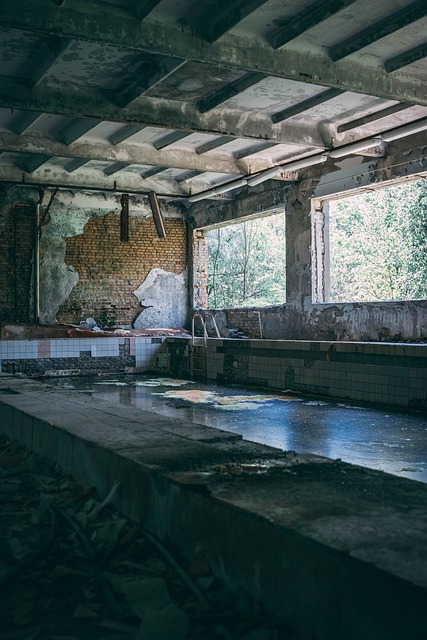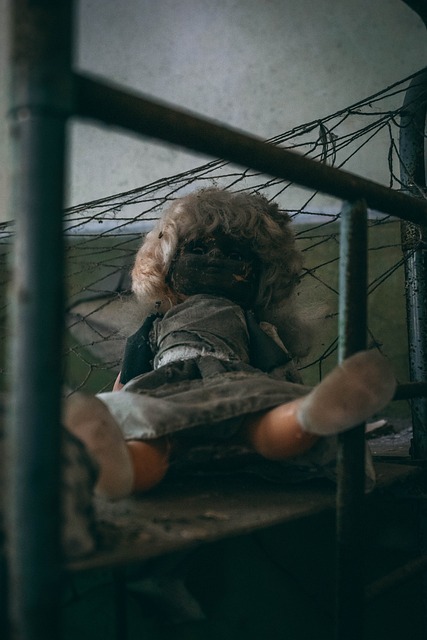San Antonio's harsh winters pose significant challenges for disaster reconstruction, particularly preventing burst pipes due to extreme cold temperatures. To mitigate risks, local authorities and contractors must collaborate on strict building code adherence and proactive prevention techniques. These include regular plumbing inspections, pipe insulation, heat tape, and specialized materials for low-temperature construction. By combining robust code compliance with these measures, San Antonio can protect its infrastructure and residents from burst pipes during winter, ensuring efficient post-disaster reconstruction and community recovery.
San Antonio, like many cities, faces unique challenges when it comes to disaster reconstruction, especially during winter. This article explores critical aspects of code compliance assurance in post-disaster scenarios, focusing on preventing burst pipes—a common issue in cold weather. We delve into understanding the local context, identifying risks, and implementing effective construction practices to ensure resilience and minimize damage. By adhering to these guidelines, San Antonio can enhance its disaster preparedness and mitigate costs associated with burst pipes during winter.
- Understanding Disaster Reconstruction and Code Compliance in San Antonio
- Identifying and Mitigating Risks of Burst Pipes During Winter
- Ensuring Effective Post-Disaster Construction Practices in Cold Weather Conditions
Understanding Disaster Reconstruction and Code Compliance in San Antonio

San Antonio, like many cities across the country, faces unique challenges when it comes to disaster reconstruction and ensuring code compliance, especially during the harsh winters. Preventing burst pipes is a critical aspect of this process. With freezing temperatures, the risk of water pipes expanding and bursting increases, causing significant damage to properties and disrupting communities. This issue is further compounded in San Antonio’s climate, where rapid temperature drops can be unexpected.
To mitigate these risks, strict adherence to building codes and proper reconstruction practices are essential. Local authorities and contractors must work together to implement strategies that address potential winter-related hazards. One key focus should be on insulating pipes effectively to prevent freezing. Additionally, regular maintenance and inspection programs can help identify vulnerable areas, ensuring prompt repairs before the cold sets in. By combining robust code compliance measures with proactive prevention techniques, San Antonio can better protect its infrastructure and residents from the devastating effects of burst pipes during winter.
Identifying and Mitigating Risks of Burst Pipes During Winter

In San Antonio, preventing burst pipes during winter is a critical concern for both homeowners and property managers. The extreme cold temperatures can cause water within pipe systems to freeze, expanding and putting immense pressure on the pipes. This can lead to ruptures, causing significant water damage and costly repairs. Identifying potential risks early is key to effective disaster reconstruction code compliance assurance. Regular inspection of plumbing systems, especially in areas prone to temperature drops, can help uncover weak spots. Homeowners should consider insulating exposed pipes, using heat tape or thermal protection products to keep water flowing smoothly during winter months.
Implementing preventive measures such as these not only minimizes the risk of burst pipes but also ensures a smoother reconstruction process post-disaster. By taking proactive steps like these, San Antonio residents can protect their properties and avoid costly renovations, adhering to local disaster reconstruction codes and enhancing their homes’ resilience against harsh winters.
Ensuring Effective Post-Disaster Construction Practices in Cold Weather Conditions

In regions with harsh cold weather, like San Antonio, disaster reconstruction efforts must account for unique challenges posed by seasonal conditions. One such significant concern is preventing burst pipes during winter, which can cause substantial damage and delay rebuilding processes. To mitigate this risk, construction professionals should employ specialized techniques and materials designed to withstand low temperatures. This includes using insulating materials to protect pipes from freezing and implementing heating systems to maintain water flow at safe temperatures.
Adhering to these practices ensures that post-disaster reconstruction projects in cold weather conditions are effective and efficient. By taking proactive measures, construction teams can significantly reduce the likelihood of burst pipes, thereby expediting the recovery process for San Antonio communities affected by disasters during winter.
In conclusion, ensuring code compliance and effective disaster reconstruction practices are vital for a resilient San Antonio. By understanding the unique challenges, such as burst pipes during winter, and implementing strategies to mitigate these risks, the city can enhance its preparedness. Focusing on preventive measures like insulation and pipe protection is key to minimizing damage. Adhering to construction guidelines in cold weather conditions guarantees safer and more durable post-disaster rebuilding, making San Antonio’s infrastructure more capable of withstanding future hardships. Additionally, prioritizing these measures can foster a smoother recovery process for the community, underscoring the importance of proactive disaster reconstruction code compliance assurance.
